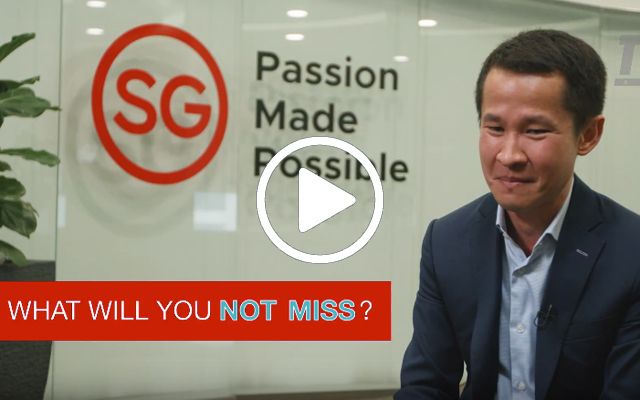
A rotating CEO of Singapore Tourism Board (STB) works for the industry but it should not be too short nor too long, according to industry members interviewed and former STB CEO, Lionel Yeo.
Yeo served for two three-year terms, possibly the longest stint compared to previous STB CEOs.
Industry members interviewed all say a rotating leadership is necessary for “fresh perspectives” but enough time should be given to the STB CEO to get to know the industry and take charge, with the ideal length being no more than two terms.

“A rotating leadership system can bring about increased effectiveness and innovation that comes from different minds making decisions within the boundaries established. That said, for a key stakeholder, the office bearer should be accorded a reasonable timeline to know the existing systems and people, formulate and implement strategies, and ultimately deliver the vision,” said Anthony Chan, group managing director of Chan Brothers Travel.
Margaret Heng, executive director of Singapore Hotel Association, agreed: “As long as the stint for each STB chief is long enough for him/her to deliver results, it is a good thing to have rotation – it offers fresh perspectives from a different set of lens.”
As to how long, Unlisted Collection’s director Loh Lik Peng believed “a two-term run is healthy and at most a three-term run, beyond which things might get a bit stale”.
In an exit interview (part 1 and part 2), Yeo, who left STB on May 31, said four to six years was a good length of time. “Personally, anything less than four years might be too short, beyond six years might be too long,” he said. “It takes a few years, especially for someone like me who came from outside the sector, to get to know the sector, to learn and familiarise with the leaders of the industry and gain their trust, before you can start doing some of the work.”
When asked how an STB CEO was picked and whether he was free to set the tourism agenda, Yeo said: “In our system, STB CEO reports to two bodies, first the chairman and directors of the STB board. Second, MTI (Ministry of Trade & Industry). These two bodies principally have to be comfortable with the candidate considered for the role. Once they’ve settled on the person, there are further internal controls in the public sector, or processes that need to be done. The head of STB is considered a public sector leadership appointment, so these appointments have to be endorsed generally by other bodies in the public sector.
“Free (to set tourism directions)? Yes insofar he’s able to get the support of the chairman and the board, and the support of the ministry. Insofar as what he is doing is aligned with what the ministry wants STB to do and what the chairman feels is the right thing to do. Then he has a lot of freedom in terms of resource allocation, strategic direction. But it’s about stakeholder engagement and the most important are the board and ministry. Of course the industry is important; they can also make their views known to the two bodies.”
What would he do differently on hindsight? Said Yeo: “I often asked myself if I could move even faster, internally or externally, but that’s hypothetical. You move as fast as you can, or as fast as stakeholders allow you as well.”
Find out what’s his biggest unfinished business, what Yeo will not miss about being STB CEO and other musings – catch the Part III video here.
ICYMI:
Part I: How big is your heart
Part II: High and low points of helping travel agencies transform



















